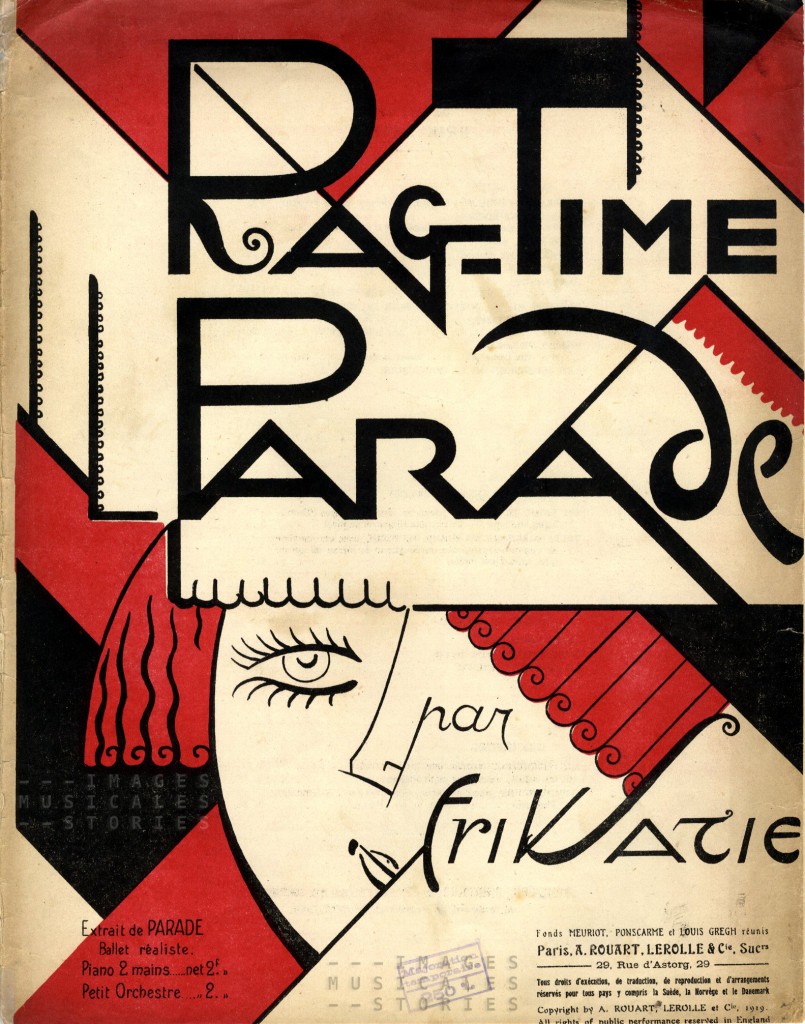
The best part of this post is the short movie. If you haven’t got time, directly scroll to the end and have a good laugh with the dancing ‘horse’.
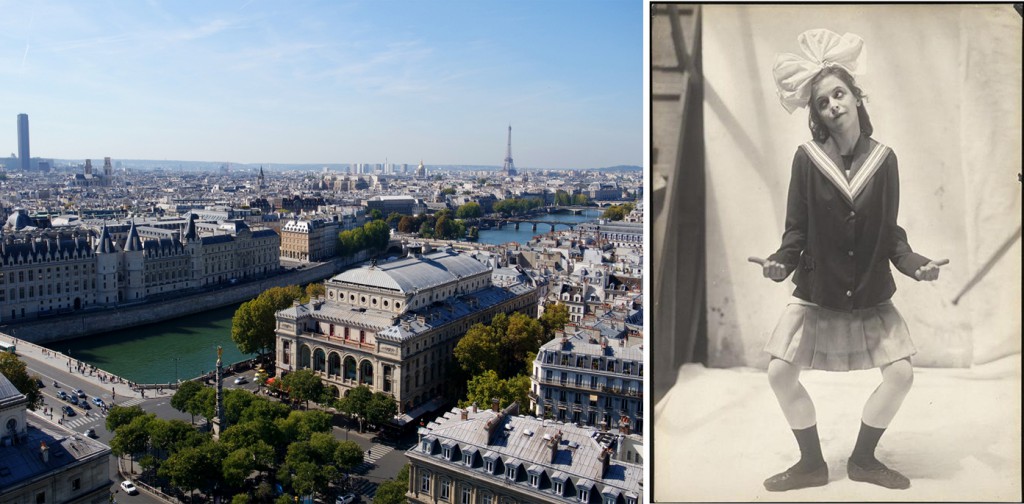
In 1917, almost a century ago, two big events happened that would affect the lives of millions of people: the United States entered the Great War and Russia held its October Revolution. It is hard to imagine that against this grim historical background the bizarre, eccentric and crazy ballet Parade was created in Paris, a few hundred miles away from the mud, misery and inferno of the WWI front lines.
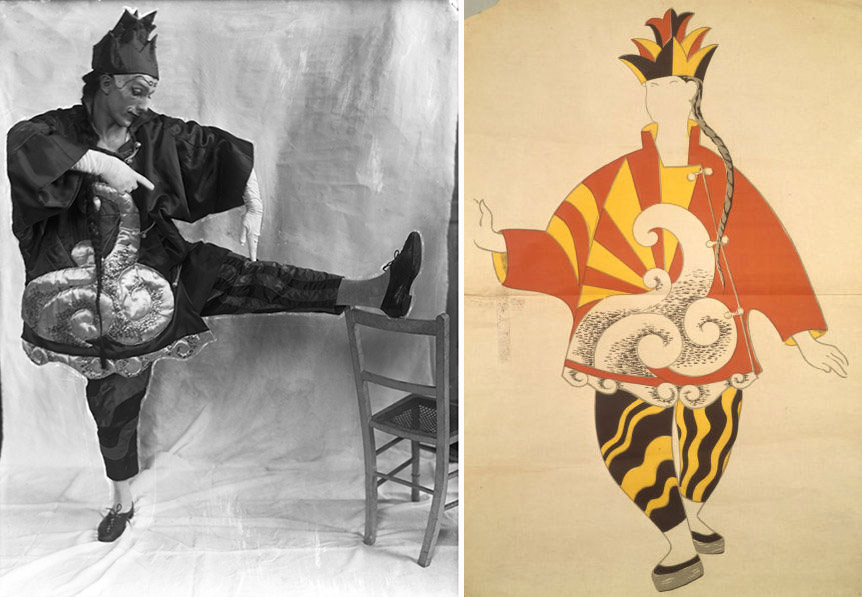
Parade was a short ballet. It premiered, together with other more traditional ballets, at a war time charity gala to support the troops, in May 1917 at the Théâtre du Chatelet. Jean Cocteau (1889-1963) had set the whirling story somewhere at the fringe of a fairground. Cocteau imagined acrobats, clowns, a Chinese conjurer, a little American girl (based on the 1914 film serial The Perils of Pauline) and other strange characters parading on the stage to entice the passers-by to enter the show.
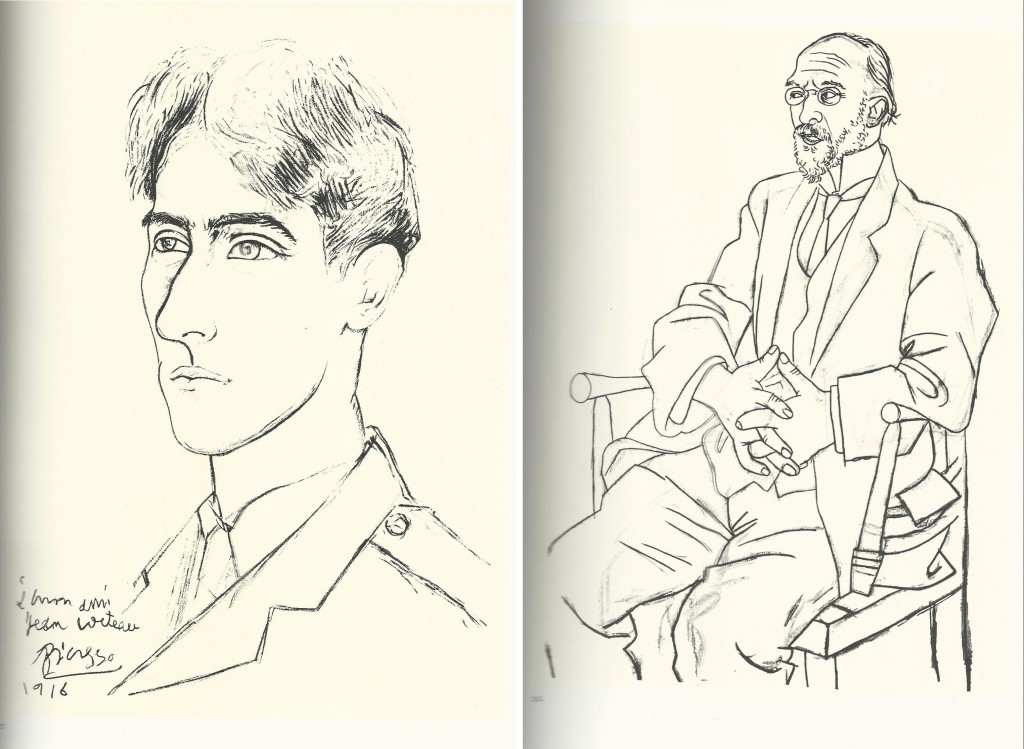
The music composed by Erik Satie (1866-1925) was mixed with many real-life sound effects, e.g. from typewriters and gunshots. The dances were choreographed by the young Leonide Massine, the successor of Nijinsky. Finally, none other than Picasso designed the decors and cubistic costumes.
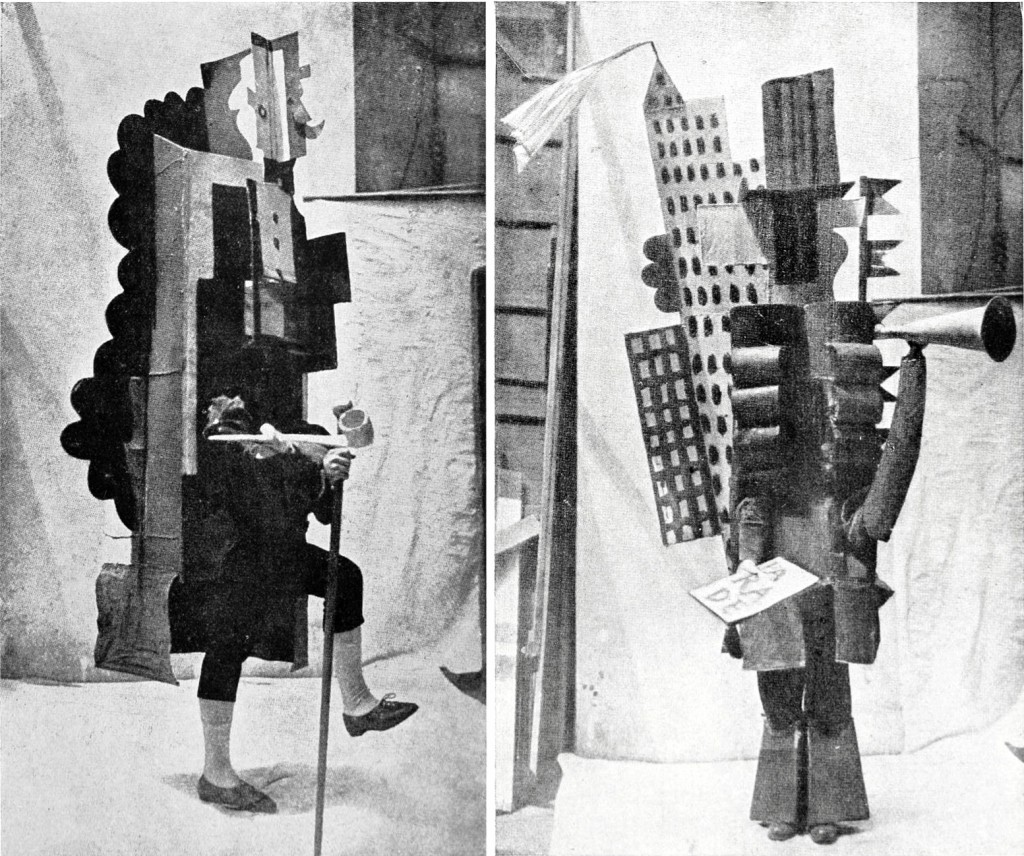
Preparing the ballet in Rome, Sergei Diaghilev wanted to be part of the avant-garde art scene using a modernistic environment for his Ballets Russes. The Parade ballet caused a scandal. About time! It was from 1912 (L’ Après-midi d’un faune) and 1913 (Le Sacre du printemps) ago that the Ballets Russes had provoked public outrage and the scorn of the critics.
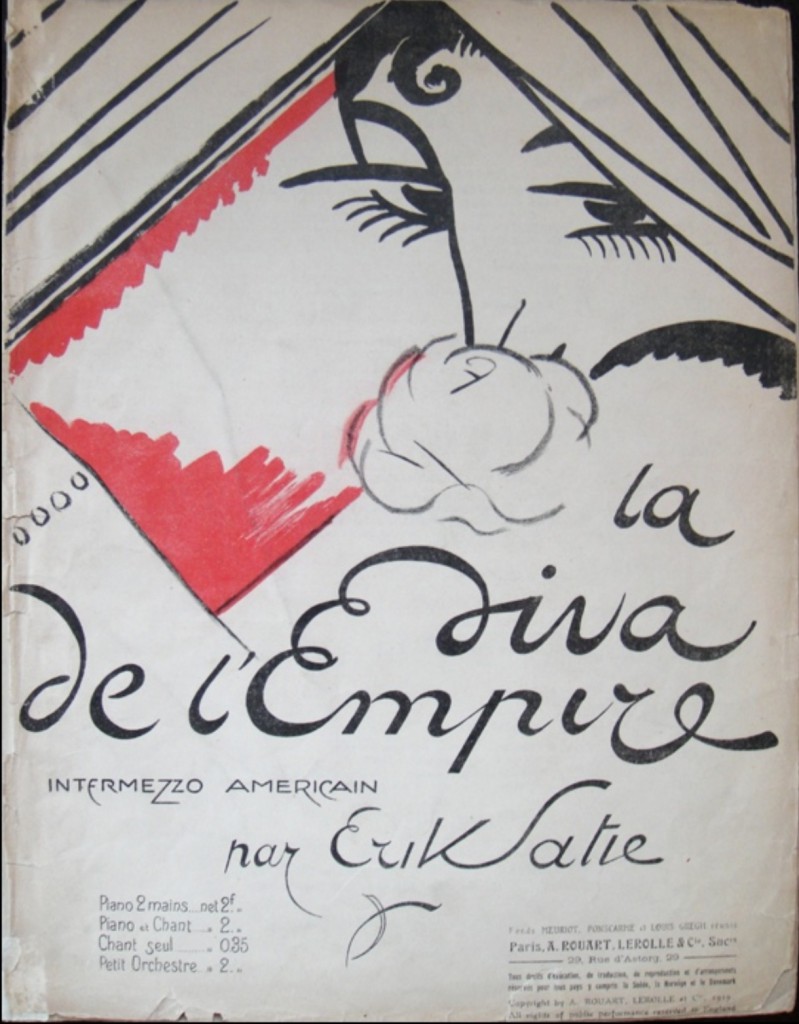
The ragtime from Parade was later adapted for piano solo and published in 1919 with its beautiful cover shown at the beginning. At the same time the editor also published an American intermezzo ‘La Diva de l’Empire’ by Satie with an equally striking cover. La Diva de l’Empire is a 1919 edition of a cabaret song with ragtime rhythms which Satie wrote in 1904. Obviously both covers were drawn by the same hand, but whose? Picasso, Natalia Goncharova, Fernand Léger, Charles Martin, ..? Or perhaps Satie himself who enjoyed typography and sketches?
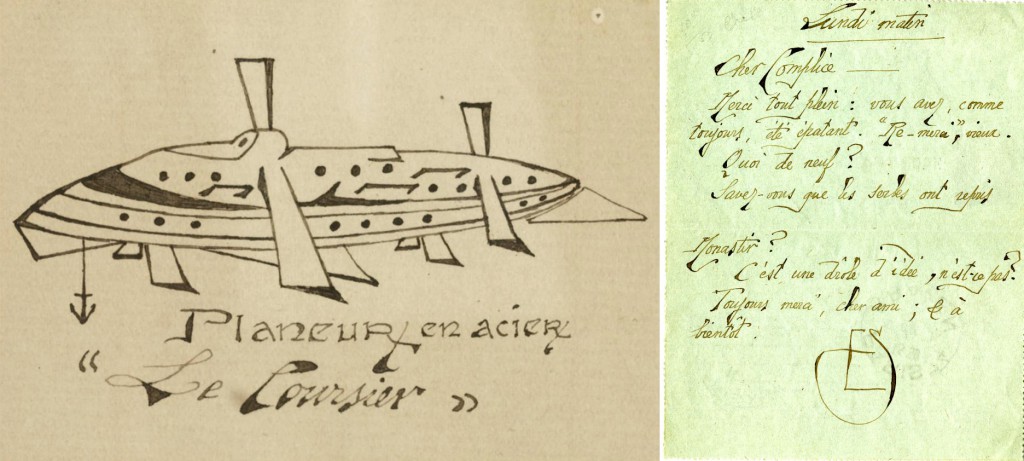
“1917” is also the title of an exhibition held at the Centre Pompidou – Metz a few years ago. On that occasion the monumental theatre curtain (more than 16 m wide !), designed by Picasso for the ballet Parade, was unveiled. A few pictures tell about that enterprise.
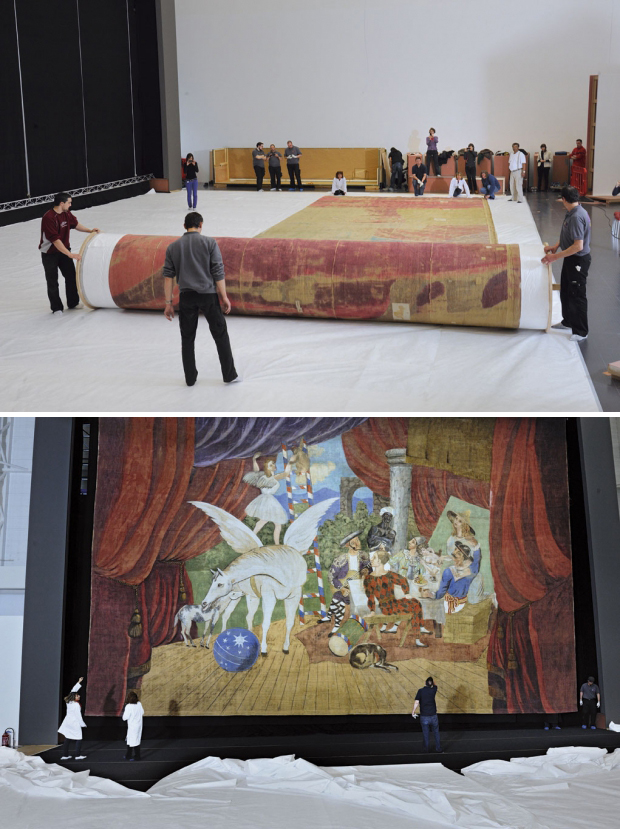
With this giant scene Picasso refers to his previous more romantic rendering of street performers and artistic types, so distinctive for his earlier Rose Period. But at the same time the perspective and composition create a semi-realistic scene that is both upsetting and disturbing.
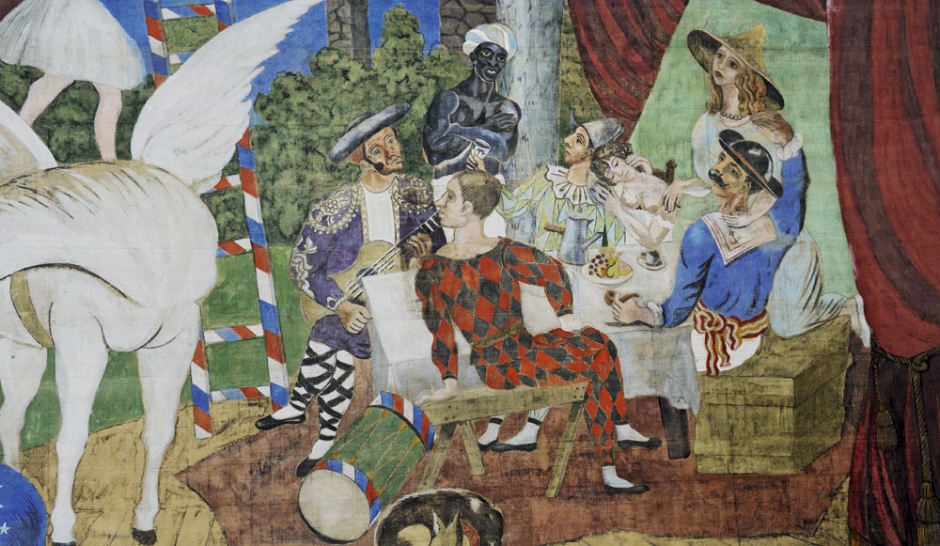
While working on Parade, Picasso met his future first wife, Olga Khokhlova, a dancer with the Ballets Russes. They married a year later in 1918.
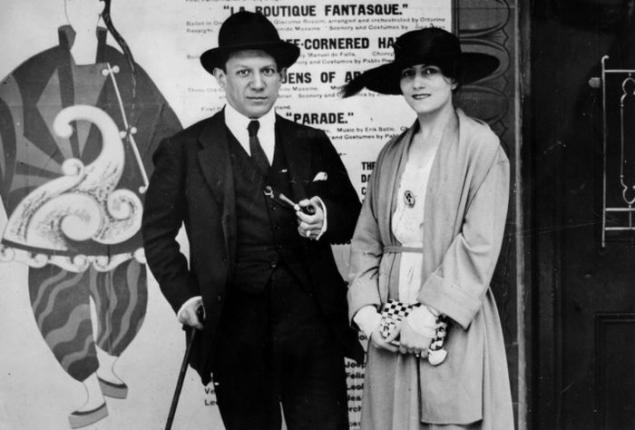
Now as promised, the film, thanks to the dance performance of ‘Europa Danse’ who recreated Parade in 2008 (source: Numeridanse.tv).

Wederom prachtige informatie !
A 1981 poster by David Hockney for Satie’s Parade. (further reading: https://www.nytimes.com/1981/02/20/arts/david-hockney-s-designs-for-met-opera-s-parade.html)